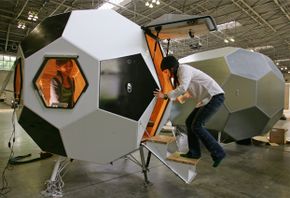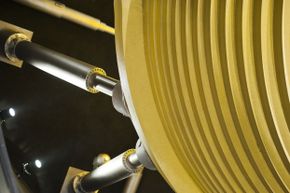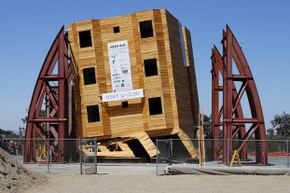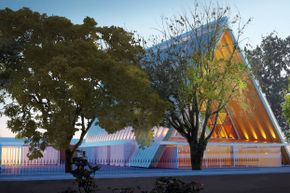The Bronze Age saw the rise of several successful civilizations, including a few that managed to build impressive cities with ordered grids and sophisticated plumbing. Now, scientists think that tectonic activity may have contributed to the demise of some of these ancient cultures. For example, research conducted at the city of Megiddo (now part of present-day Israel) suggests that a massive earthquake may have devastated the city, leading to the sandwich-like layers found in excavations. And a series of earthquakes may have brought down the Harappan civilization (in what's now Pakistan), which disappeared suddenly in 1900 B.C.E.
We're just as susceptible today to the aftereffects of powerful earthquakes. When exposed to the sudden lateral forces produced by seismic waves, even modern buildings and bridges can fail completely and collapse, crushing the people in, on and around them. If anything, the problem has become worse as more people live in urban environments and as structures have grown. Luckily, over the last few decades, architects and engineers have devised a number of clever technologies to ensure that houses, multidwelling units and skyscrapers bend but don't break. As a result, the building's inhabitants can walk out unharmed and start picking up the pieces.
Advertisement
On the next few pages, we've assembled 10 of these temblor-thwarting technologies. Some have been around for several years. Others, like the first item in our countdown, are relatively new ideas that are still being tested.










